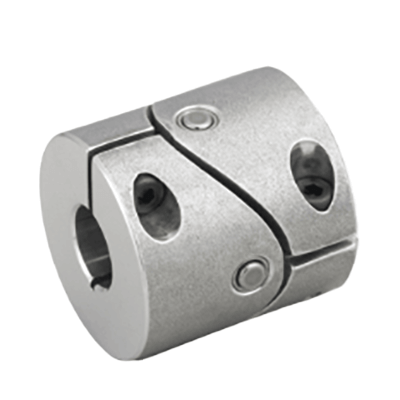What Is a Flex Coupling?

A flex coupling is a coupling that has a larger tolerance than the installation error of general couplings. A coupling (shaft coupling) is a mechanical component that connects a motor (drive side) and a machine (driven side) and transmitting power. This coupling absorbs misalignment of both shafts (drive and driven) and suppresses vibration and load on bearings.
Flex couplings are used as shaft couplings for machines that are subject to greater vibration and shock.
Applications of Flex Couplings
Flex couplings are used for high-precision positioning, shaft couplings for servo motors, shaft couplings for direct connection of motors, and for equipment with high loads and inconsistent rotational speeds, because they absorb vibration and misalignment better than general couplings.
Furthermore, by selecting the spacer type of flex coupling, it is also used as a shaft coupling for various pumps, compressors, blowers, etc., as it improves maintainability (by removing the spacer, maintenance of both the drive and driven machines can be performed without moving them).
Principle of Flex Couplings
When a key is cut on the shaft to connect it, it is a “rigid coupling“. Flexible coupling is a coupling to which parts and functions are added to provide flexibility.
The flow of coupling selection according to installation and operating conditions is as follows.
- Confirm the required transmission torque
- Confirmation of installation conditions
- Consider whether absorption of angular error and axial displacement is required or not
- Select coupling components from interference rubber, discs, etc., accordingly
- Examine whether forward or reverse rotation is required to ensure the service factor (safety factor SF)
- Confirm the positioning accuracy from the mechanical elements of the power transmission to the catalog value and the manufacturer
The following elements are used to provide flex couplings:
Rubber/Resin-Based: There is deflection and rattling.
Discs: No rattling in the rotational direction and axial displacement is absorbed.
The advantages of using flex couplings are as described above.
As a demerit, the life is physically shorter for rigid couplings because they rotate under the moment of inertia while absorbing misalignment during installation.